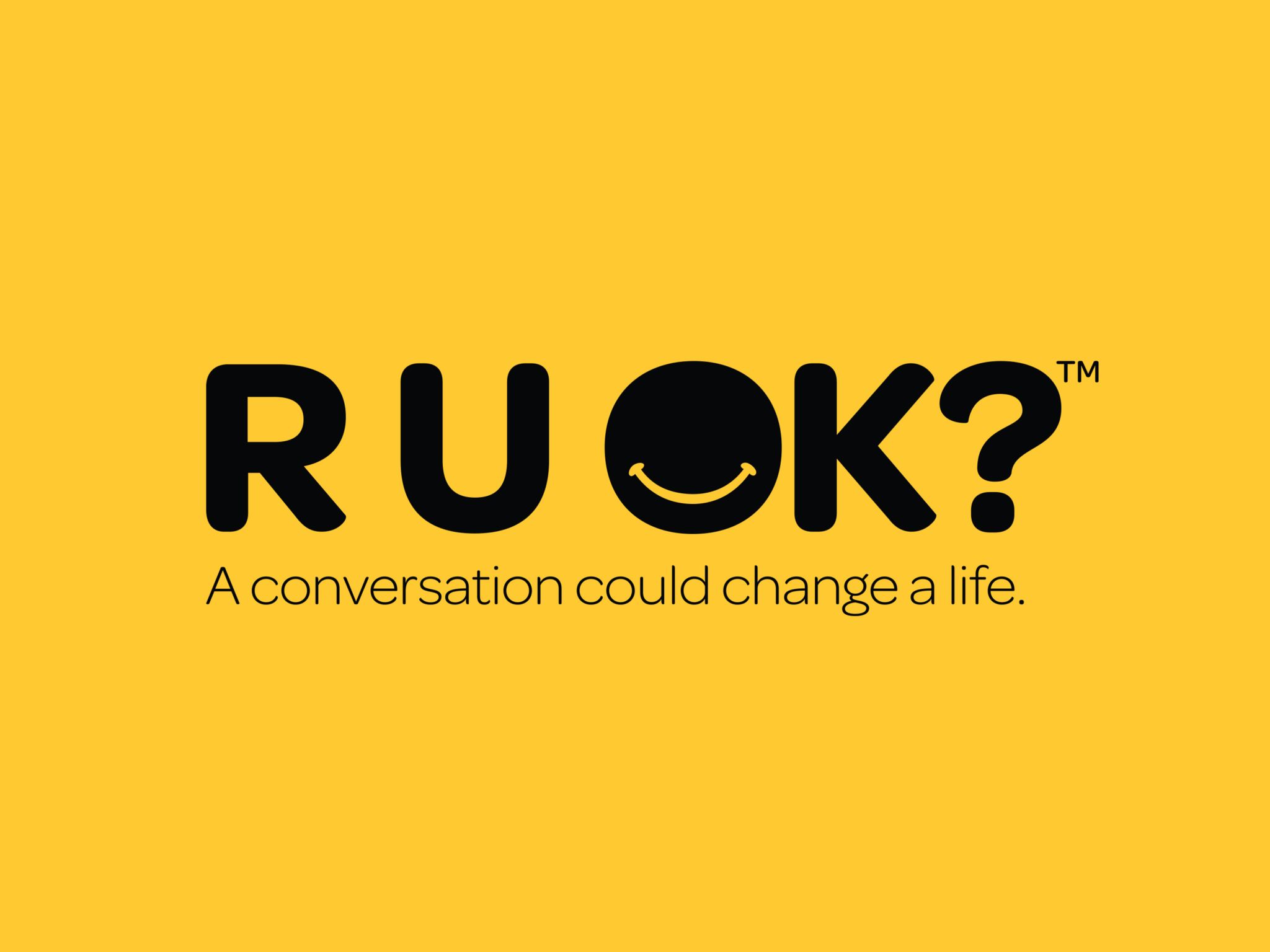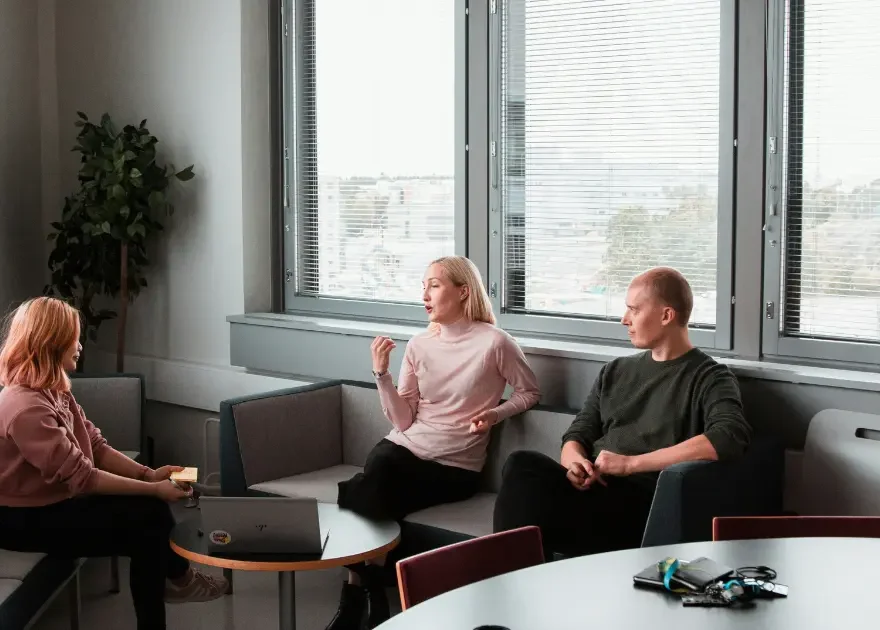R U OK?

It’s nearly that time of year again for R U OK? Day. The national project supports Australians to ask their friends, family and colleagues a simple question: “Are you ok?”
An alarming statistic is that every day, eight Australians take their own life. The effects from this are far reaching. It causes a massive effect on those around them. It has also been identified that 1 in 5 people will experience mental illness in their lifetime. Hence the reason behind R U OK? Day. With a perceived stigma attached to asking someone about their mental health, this day aims to normalise that conversation.
Previously, there has been discussion around whether or not the workplace is the right setting to have this conversation, but when you look at the reality of the situation, the workplace is one of the places that people spend a majority of their time at each week. Besides family and friend commitments, the workplace is where majority of people engage with others, so of course it is super important that people connect with one another.
R U OK? Day is an opportunity for employers to not just educate their employees about the importance of checking in on their co-workers, but also promote a culture where employees feel safe enough to answer honestly.
With that being said, we thought it might be useful to share some tips for a mentally well workplace.

Be informed
You don’t know what you don’t know. If you don’t have the conversation or have rapport with your co-workers then how do you know when something is wrong? Whilst it’s everyone’s responsibility to understand mental health, it’s important to realise that mental health is more common than not. It can be caused by several different factors and it’s not always a case of just being able to get your head back in the game. Whilst we know with proper treatment, the vast majority of mental illnesses can be treatable, it may not be a simple process and it might take time.
So how do we do this in a workplace setting? It’s simple really, the answer is empathy. With empathy, employers can establish policies and procedures that create a mentally healthy workplace. If they “get” empathy then they too can lead by example. By actively promoting a mentally healthy workplace they are showing their employees that they believe and understand the importance of it in a workplace setting.
What’s the advantage?
We know from an OHS perspective employers must protect the mental and physical well-being of their employees. Physical wellbeing is an easier one to monitor. There has been a lot of work in the physical health area over the last decade and now we are seeing a shift towards a mentally health workplace. We know absenteeism hurts businesses, so having this twofold approach to wellbeing only strengthens the employers position on having healthy employees. The reality is that mentally well workplaces are good for both employees and a business’ bottom line. It’s a win for all. But it also comes back to being a good person too.
How can you help?
There are lots of ways to approach this. It needs to be specific to you and your business. These are just some examples of how you can improve mental health in your workplace. Ironically, it’s not an expensive exercise to invest in the mental welling of your employees. Mostly it involves time. (if you’re time poor, let us know and we can help you out)
Have a mental health and wellbeing policy
Having a mental health and well-being policy shows a level of transparency that few other initiatives can provide. It’s an opportunity to communicate to all Employees your stance on mental health. It shows that you are making their mental wellbeing a priority. It also shows that will support them should they need it. It also alerts them to the fact that you do not attach stigma to mental wellbeing.
Invest in an Employee Assistance Program (EAP)
EAPs aren’t as expensive as you might think. Not only do they provide confidential, 24/7 qualified counselling for every employee, it’s also a clear sign that you support your employees’ mental wellbeing. (If you need an introduction to one, let us know)
Create social groups
Supporting the mental health of your employees isn’t just about providing them with the services they need when they’re mentally unwell. It’s also about building a culture with significant relationships.
After the pandemic, social isolation is a growing concern for many, and for some, work is the only place they get to interact with others. With many of us still working from home, it’s becoming harder to connect. But that doesn’t mean you shouldn’t try. Employees that are better connected are also more collaborative and work better as a team.
Provide positive reinforcement
Reward and recognition are a huge way of engaging your employees, but it’s also really beneficial to people struggling with their mental health. Recurring positive feedback is paramount. Creating a culture where employees feel psychologically safe and that their mistakes aren’t going to get them fired. Workplaces that are psychologically safe are actually more successful than those that aren’t.
Nurture a number of well-being champions.
A number of employers are now encouraging employees to act as mental health champions. Through training, these champions identify themselves as open to speaking about mental health and connecting with those that need someone to speak to.
Conclusion: R U OK Day
R U OK? Day is an amazing project that underlines the importance of a single conversation can have on someone’s life. But it’s important to remember that R U OK? encourages everyone to ask that question every day of the year.
For workplaces that want to ensure their employees are happy, healthy and productive, employee wellbeing programs are the way to go. Understanding mental health in the workplace can have a huge impact on the overall success of the business from both a financial and cultural perspective. If you feel like this is an area where you need some help working out what it is you need to do, why not drop us a line at contact@nowactually.com.au




